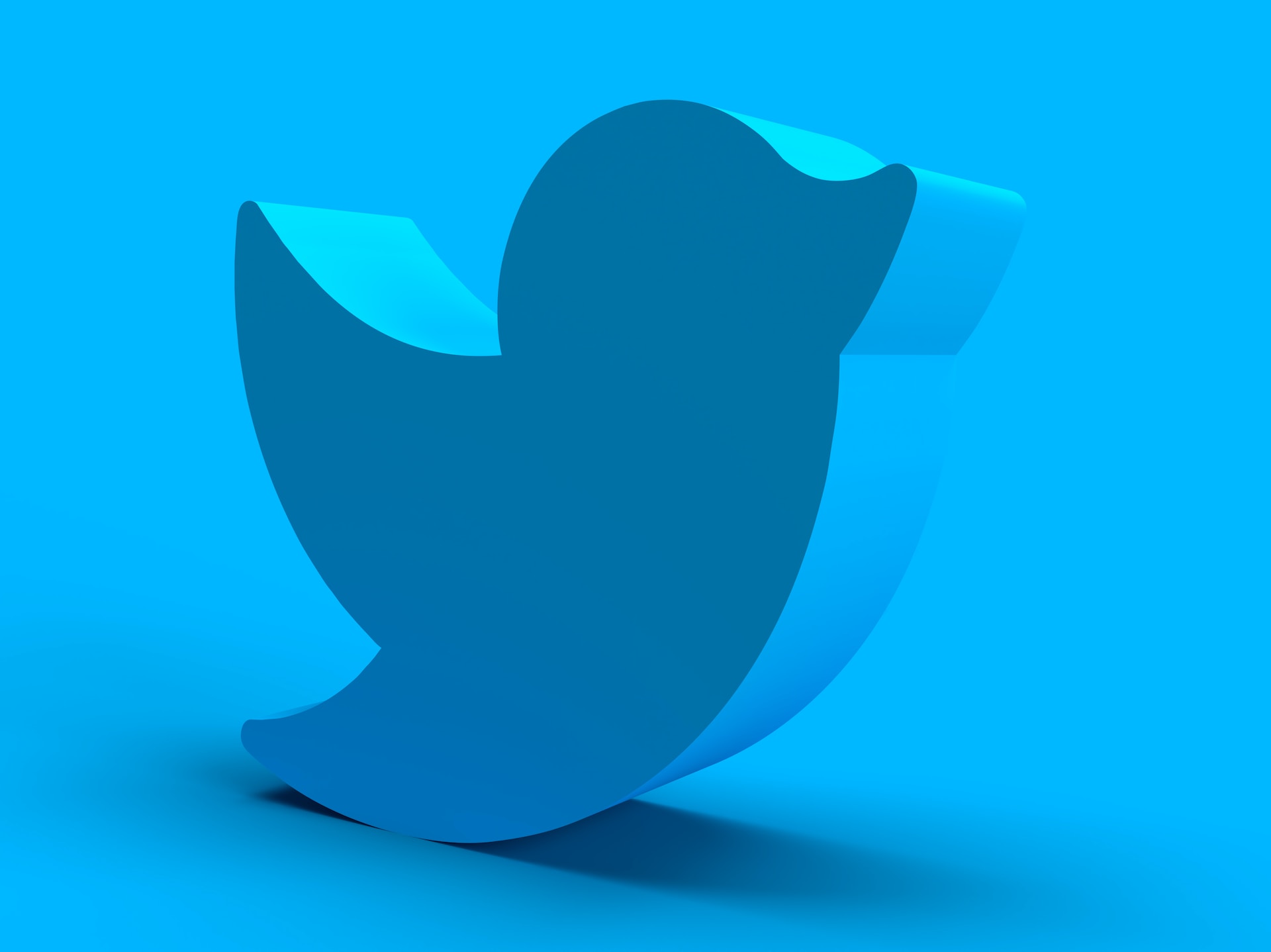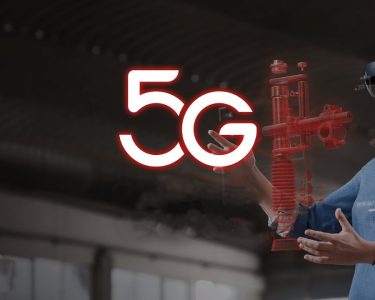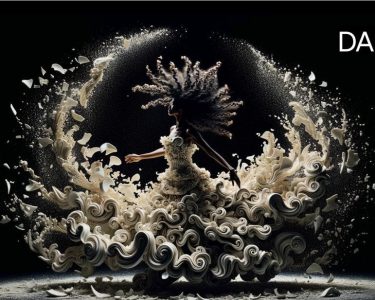Twitter, the popular social media platform, has announced a new feature that allows advertisers to pay for verified badges on their profiles. This move has sparked controversy and raised concerns among users and industry experts about the potential for misuse and abuse.
Twitter’s verified badges, represented by a blue check mark, have traditionally been reserved for public figures, brands, and organizations to confirm their authenticity and credibility. The badges were manually awarded by Twitter’s staff, and the process was rigorous and selective.
However, with the new feature, any advertiser can pay to have a verified badge on their profile, regardless of their authenticity or credibility. This has raised concerns about the potential for fake profiles and misleading advertising.
According to Twitter, the new feature is designed to help advertisers establish trust with their audience and increase their visibility on the platform. The company said that the verified badge will help advertisers stand out and differentiate themselves from fake or fraudulent accounts.
Twitter has also said that the new feature will be subject to strict guidelines and standards to prevent abuse. Advertisers will have to go through a verification process and meet certain criteria to be eligible for the verified badge.
However, critics remain skeptical about the effectiveness of the new feature and the potential for abuse. They argue that the verified badge has traditionally been a symbol of authenticity and credibility, and that allowing advertisers to buy their way to the badge undermines its value.
In addition, some experts are concerned that the new feature could lead to more misleading advertising and fake profiles on the platform. They argue that advertisers could use the verified badge to mislead users and promote their products or services in a dishonest way.
Twitter has said that it will closely monitor the use of the new feature and take action against any advertisers who violate its guidelines and standards. However, it remains to be seen how effective these measures will be in preventing abuse and maintaining the integrity of the verified badge.
The introduction of paid check marks for advertising is not the first time Twitter has faced controversy over its verification process. In 2017, the company temporarily suspended its verification program after facing criticism for verifying accounts of controversial figures, including white nationalists and neo-Nazis.
In response to the criticism, Twitter revamped its verification process and introduced new guidelines and standards for awarding verified badges. However, the new paid check mark feature has sparked a fresh wave of controversy and raised questions about the company’s commitment to authenticity and credibility on its platform.
In conclusion, Twitter’s new paid check mark feature for advertisers has sparked controversy and raised concerns about the potential for misuse and abuse. While the company has said that the feature will be subject to strict guidelines and standards, critics remain skeptical about its effectiveness and potential for abuse. It remains to be seen how Twitter will address these concerns and maintain the integrity of its verification process.




